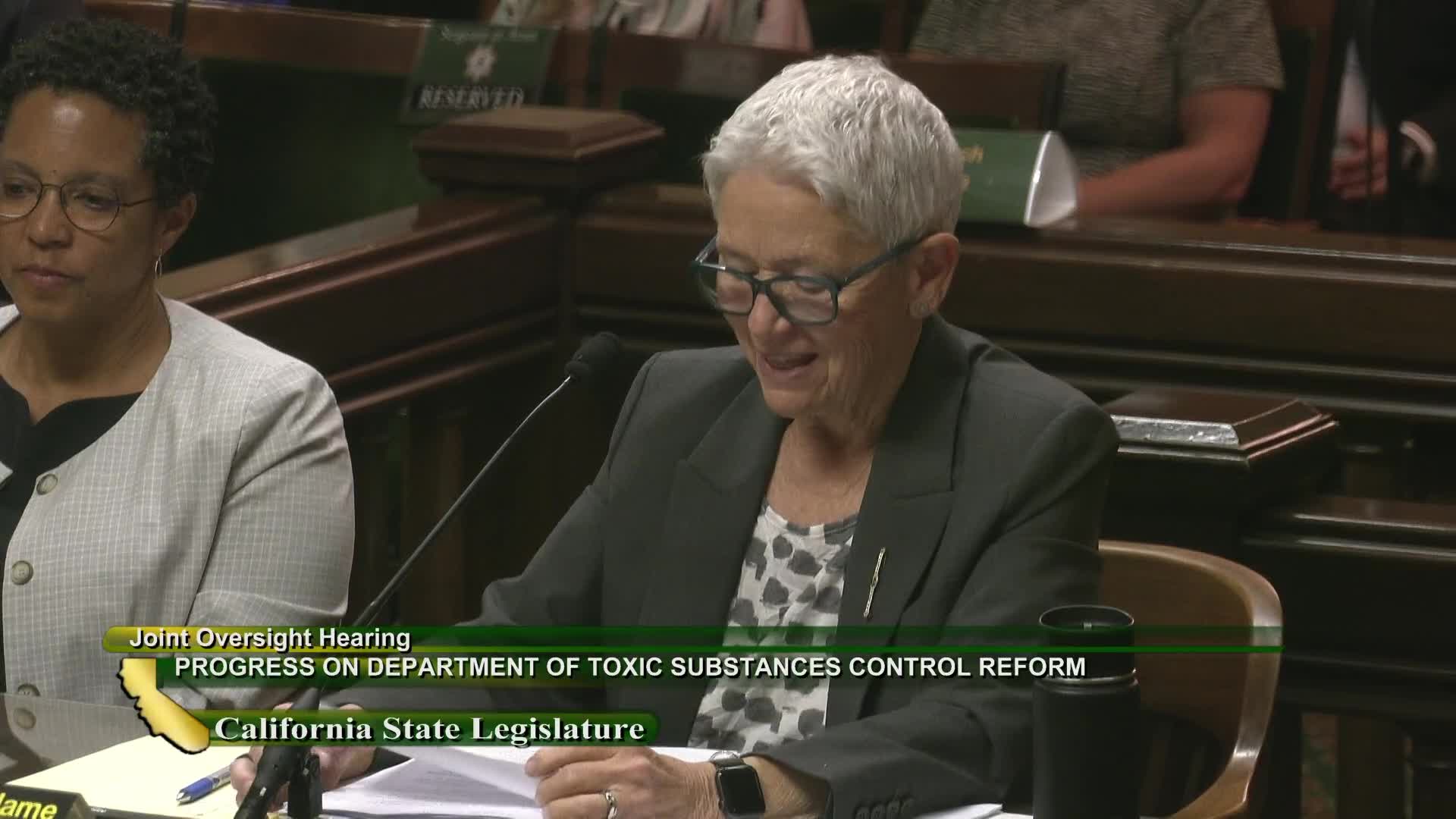California unveils ambitious plan to tackle hazardous waste crisis
August 28, 2024 | Environmental Quality, Standing Committees, California State Senate, Senate, Legislative, California
This article was created by AI summarizing key points discussed. AI makes mistakes, so for full details and context, please refer to the video of the full meeting. Please report any errors so we can fix them. Report an error »

In a recent government meeting, officials discussed the comprehensive hazardous waste management report presented in November 2023, which serves as a foundational document for California's hazardous waste management plan. The report, developed through extensive stakeholder engagement and subcommittee collaboration, outlines critical issues related to hazardous waste generation, transportation, and disposal within the state.
Key highlights from the report include an emphasis on the disproportionate impact of hazardous waste on low-income communities and communities of color, as well as the impending capacity constraints facing California's hazardous waste infrastructure. The report identifies significant data gaps regarding the environmental and health impacts of various waste types and the effectiveness of current treatment and disposal methods.
The board's subcommittee is actively working with the Department of Toxic Substances Control (DTSC) to address these data gaps and improve compliance rates among serial violators. Recommendations include enhancing source reduction efforts for high-volume hazardous waste and exploring innovative technologies for waste management, such as supercritical fluid extraction methods for contaminated soil and used oil.
Officials stressed the importance of investing in research and development to ensure California remains at the forefront of hazardous waste management practices. The plan aims to provide programmatic and policy recommendations that will guide future efforts in waste reduction and management, ultimately seeking to protect vulnerable communities and improve environmental health across the state.
Key highlights from the report include an emphasis on the disproportionate impact of hazardous waste on low-income communities and communities of color, as well as the impending capacity constraints facing California's hazardous waste infrastructure. The report identifies significant data gaps regarding the environmental and health impacts of various waste types and the effectiveness of current treatment and disposal methods.
The board's subcommittee is actively working with the Department of Toxic Substances Control (DTSC) to address these data gaps and improve compliance rates among serial violators. Recommendations include enhancing source reduction efforts for high-volume hazardous waste and exploring innovative technologies for waste management, such as supercritical fluid extraction methods for contaminated soil and used oil.
Officials stressed the importance of investing in research and development to ensure California remains at the forefront of hazardous waste management practices. The plan aims to provide programmatic and policy recommendations that will guide future efforts in waste reduction and management, ultimately seeking to protect vulnerable communities and improve environmental health across the state.
View full meeting
This article is based on a recent meeting—watch the full video and explore the complete transcript for deeper insights into the discussion.
View full meeting
